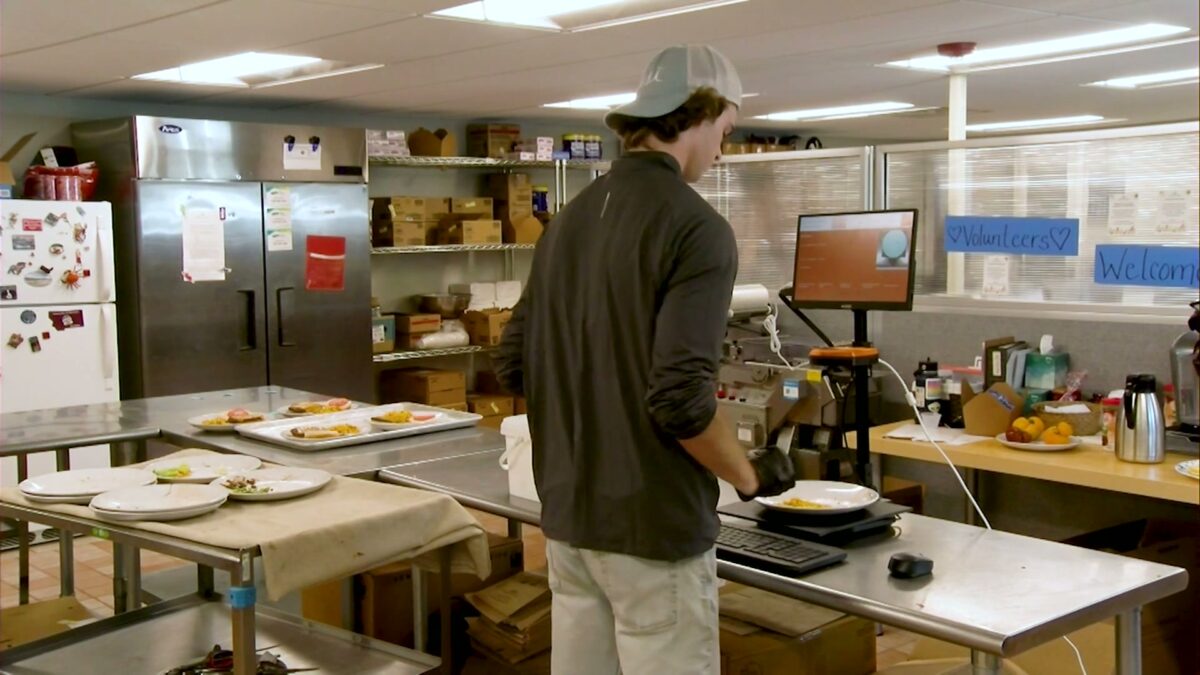New technology from OSU-Cascades and community partners is aimed at reducing food waste

Claire Elmer
(Update: Adding video, adding interview with professor and students, information on project)
BEND, Ore. (KTVZ) — OSU-Cascades students in Hospitality Management and Engineering have been working together since 2018, hoping to better understand and reduce food waste. With the help of new technology and crucial community partners, they are doing just that — and even more.
Students have created a system that identifies food plated prior to consumption, then tracks leftovers. Their goal is to see what frequently goes to waste and track nutritional intake.
Hospitality Management student Pickett Johnson told KTVZ News, “We’re basically calculating food waste. That’s something that’s never really tracked otherwise. We’re trying to figure out how much is getting sent back, to better track for sustainability and environmental reasons.”
The saying “you can’t manage what you can’t track” was the idea behind this system.
Todd Montgomery, a professor at OSU-Cascades, was present during the test.
“This is going to help inform,” Montgomery said. “The larger research objective is understanding post-consumer food waste, and also help identifying malnutrition to help improve health outcomes.”
OSU-Cascades partnered with the Council on Aging of Central Oregon, which regularly provides meals to seniors in Central Oregon. That provided prime test conditions, giving students the opportunity to track a large number of meals before and after consumption.
Engineering student Luke Bensching explained how the technology works.
“What we do is we take a photo of the food before it goes out, and we’re able to get a weight. Then there’s the AI recognition. Once it comes back from the consumer, we’ll take another photo and get the difference in volume and the difference in weight to determine if they’re wasting certain foods, and if maybe Council on Aging folks should do different types of options.”
OSU-Cascades completed their final test of the technology this week and intends to put the system into production right away.
They say none of this would have been possible without the assistance of Central Oregon Health Quality Alliance, which provided the funding, and also the participation of the Council on Aging, coupled with the commitment of their students.